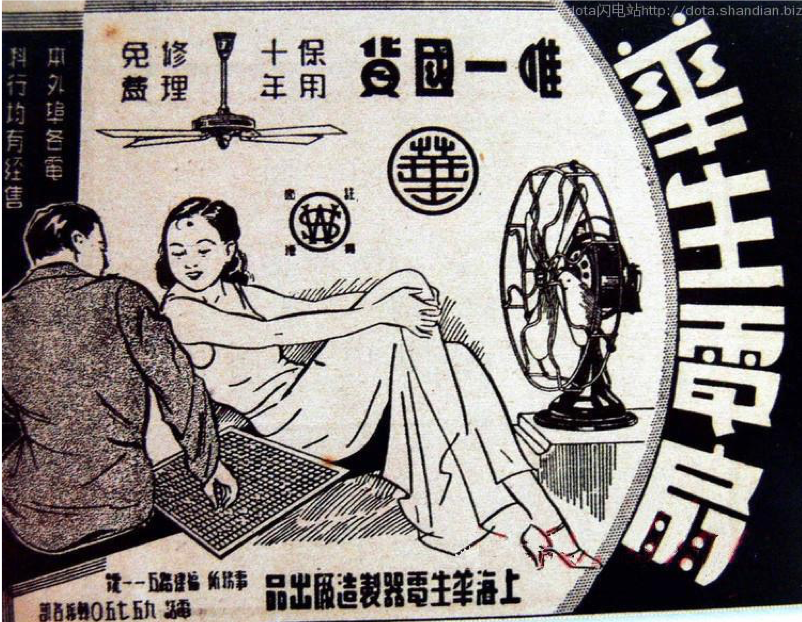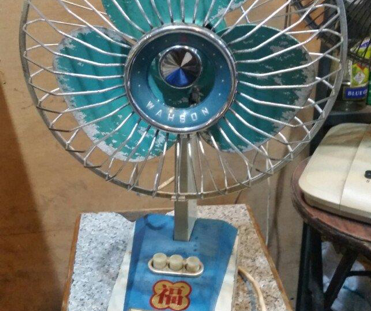

From Home Appliance Industry to the Economy
#ElectricalStores #ChangesInConsumptionPatterns #CompetitionBetweenElectricalAppliances #RiseOfJapan’sHomeApplianceIndustry
If you walked along Shanghai Street in the 1970s, there were many electrical appliance stores. Need a fan, torch or radio? Just head to Shanghai Street! These would be situated on both sides of the shop, with display items shown in front of the cash register. Larger items, such as stand-alone fans, would be shown towards the back of the store. In the pre-war period, there were myriad small electric appliances for sale including torches, electric fans, tape recorders, irons and radios. As the decades passed, Hong Kong witnessed a burgeoning economic growth along with technological development and automation. Household items such as washing machines, refrigerators and colour televisions became more popular. As early as 1912, electric appliance stores already appeared in Hong Kong, among which the most famous ones included Doi Yue, Tai Wah and Sheung Kwong and the larger Wah Mei Electric Store with some outlets on Shanghai Street.
If we look at the origin of some of these electric appliances back to the early 1950s, most were imported from mainland China, Europe and the United States. At that time, the Japanese electric appliances varied in quality, so they were given the nickname “half day”, with the implication that they were no longer functioning after half a day. By late 1950s, the quality of Japanese electric goods improved exponentially, with brands such as Panasonic having a good reputation for items such as radios and rice cookers. Japanese brands such as Sanyo and Sony had become famous too, followed much later on by Mitsubishi which produced fans and air conditioners.
